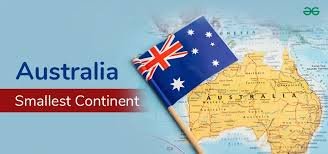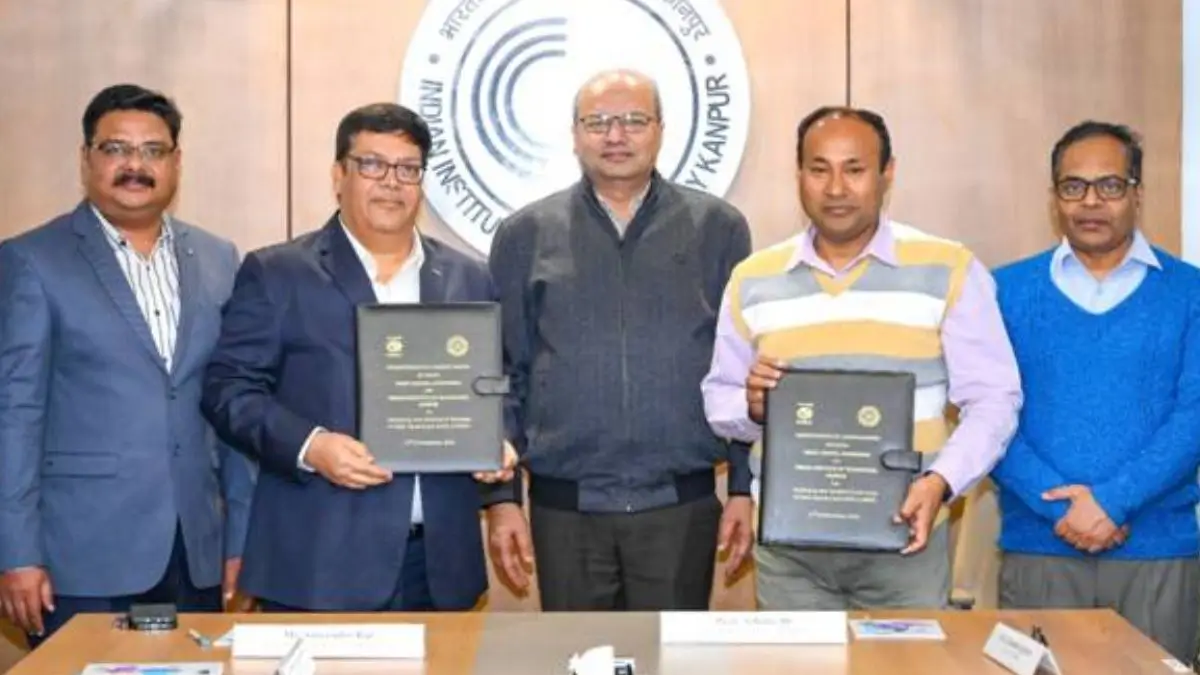The Smallest Continent in the World
Introduction to the Smallest Continent
When we think of continents, we usually envision vast lands like Asia, Africa, or North America. However, the world’s smallest continent is not what many may expect. Australia, often known for its unique wildlife and vast deserts, holds the title of the smallest continent on Earth. It is important to note that while Australia is both a country and a continent, it is geographically distinct from other continents.
Geographic Overview of Australia
Australia, located in the Southern Hemisphere, is surrounded by the Indian and Pacific Oceans. Despite its relatively small landmass in comparison to other continents, Australia is vast in terms of biodiversity, natural wonders, and unique geological features. With a land area of approximately 7.7 million square kilometers, Australia is about 80% the size of the United States but is less densely populated, with a majority of its population living in coastal cities.
Australia’s Unique Biodiversity
Australia’s isolation from other landmasses has led to the development of one of the most distinctive ecosystems in the world. The continent is home to a range of unique species, such as kangaroos, koalas, and the iconic platypus, that cannot be found anywhere else on Earth. Its natural environment also features famous landmarks like the Great Barrier Reef, the world’s largest coral reef system, and Uluru, a massive sandstone monolith in the heart of the country.
Australia’s Political and Cultural Landscape
Australia, while being the smallest continent, is a large country in terms of its political and cultural significance. As a member of the Commonwealth of Nations, it shares a historical connection with the United Kingdom and other former British colonies. Australia’s multicultural society is a reflection of its diverse immigration policies, which have led to a rich cultural landscape.

Why This News is Important
Geographical Significance
Understanding the size and geographical significance of Australia is crucial for students preparing for exams in subjects like Geography, General Knowledge, and Current Affairs. Knowing that Australia is the smallest continent, despite being a large country, helps students understand the differences between landmasses in terms of geography and population.
Australia’s Role in International Relations
Australia plays an important role in international politics, particularly in the Asia-Pacific region. For students pursuing civil services, banking, and defence exams, being aware of Australia’s geopolitical role, alliances, and its strategic importance in global affairs is critical.
Importance in Environmental Studies
Australia’s biodiversity, ecosystems, and unique environmental conditions make it a subject of study in Environmental Science and Geography. Its rich natural heritage, including the Great Barrier Reef, is often referenced in discussions on conservation and climate change, which are important areas in many government exams.
Cultural and Historical Context
Australia’s multicultural society and history of colonization provide valuable lessons in cultural studies, sociology, and history. Understanding Australia’s transformation from a British colony to an independent nation is crucial for students preparing for exams in history and current affairs.
Historical Context: Background Information on Australia as the Smallest Continent
Australia’s Geological Formation
Australia was once part of the supercontinent Gondwana, which broke apart around 180 million years ago. Over time, the landmass drifted to its current position in the Southern Hemisphere. This geological isolation is what led to the development of its unique flora and fauna.
Colonization and Independence
Australia was first inhabited by Indigenous Australians for thousands of years before the arrival of European settlers in 1788. The country was initially used as a penal colony by the British. It wasn’t until the late 19th and early 20th centuries that Australia gained independence, becoming a federated state in 1901 and eventually becoming a fully independent nation in 1986 with the passage of the Australia Act.
Australia’s Modern Era
Today, Australia is a prosperous nation with a robust economy. It is a major player in global markets, especially in sectors such as mining, agriculture, and tourism. Its relationship with its neighbors in the Asia-Pacific region, particularly China and Indonesia, plays a significant role in shaping regional dynamics.
Key Takeaways from “The Smallest Continent in the World”
| S.No | Key Takeaway |
|---|---|
| 1 | Australia is the smallest continent in the world. |
| 2 | Despite being small in size, Australia has a vast and unique biodiversity. |
| 3 | Australia’s isolation from other continents led to the development of its unique species. |
| 4 | Australia’s strategic importance in the Asia-Pacific region plays a key role in global geopolitics. |
| 5 | The country’s history, from British colonization to its independence, is crucial for understanding its current political and cultural landscape. |
Important FAQs for Students from this News
1. What is the smallest continent in the world?
The smallest continent in the world is Australia. It is geographically distinct from the country itself and is surrounded by the Indian and Pacific Oceans.
2. Why is Australia considered a continent and not an island?
Australia is considered a continent due to its large landmass and its distinct geographical and cultural identity. An island is typically smaller in size and often lacks the same level of geographical isolation that defines Australia as a continent.
3. How did Australia’s isolation contribute to its unique biodiversity?
Australia’s isolation from other landmasses for millions of years allowed its flora and fauna to evolve in a unique manner, leading to the development of species that are found nowhere else on Earth, such as kangaroos and koalas.
4. What is the total land area of Australia?
Australia spans an area of approximately 7.7 million square kilometers, making it the sixth-largest country by total area and the smallest continent.
5. How did Australia gain independence from Britain?
Australia gradually gained independence through a series of legal changes, starting with the Commonwealth of Australia Constitution Act in 1901. The final step was the passage of the Australia Act in 1986, which severed the last legal ties between Australia and Britain.
Some Important Current Affairs Links

















